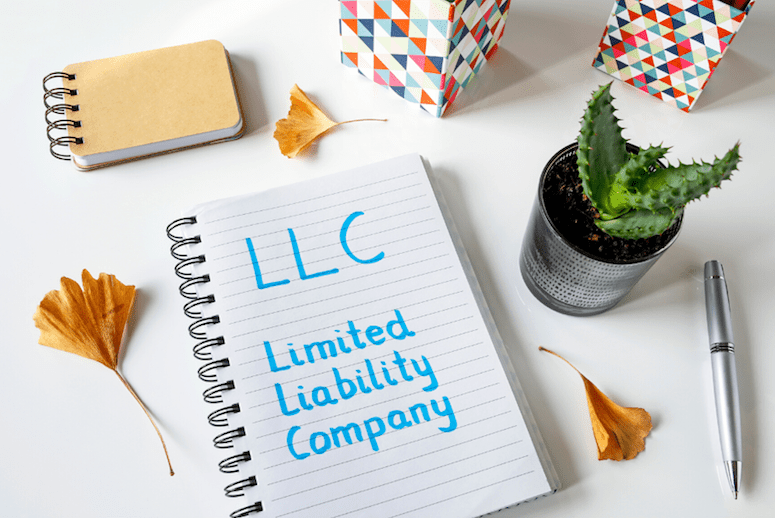Choosing to form an LLC can be beneficial and advantageous for your business. It is inexpensive and easy. This structure can help sole proprietorships and small businesses. Taking a look at the LLC paperwork that one should file, you will realize that the process does not require complicated transactions. You can also hire an experienced company to make sure you comply with all the requirements if you want.
Key Features of LLC
· Limited Liability
LLC stands for limited liability company. As the name suggests, this structure limits the personal liability of the owner. Claims made against the business will not affect the personal assets of the owner. Owners are also known as members.
However, this protection is not applicable in cases wherein owners conducted illegal acts or if they failed to establish a clear distinction between personal and business assets.
· Pass-through income taxes
Generally, the government sees LLC taxes the same as partnerships. Owners report operating results on personal income tax returns.
Advantages of an LLC for Small Businesses
Whether your small business is a sole proprietorship or a partnership, you should consider creating an LLC. It provides legal protection to your assets while ensuring that the management and flow of income remain intact.
· It protects the assets of the small business owner, whether of a sole proprietorship or a partnership, because it limits the liability to business assets only.
· There is no need for you to file separate tax returns for the business. Reports of income and expenses will be on the individual income tax return.
· LLC offers tax benefits. It also allows you to avoid instances of double taxation.
· Having the LLC or limited liability claim on your company’s name makes it seem more professional and official. It serves as proof to clients that you registered the business with the state and that it operates legally.
Forming an LLC
The process you should take to set up an LLC is not as complicated as what a corporation should do. But there are still multiple steps to follow and LLC paperwork to file.
1. The first thing you should do is choose the business name. Make sure there are no existing LLC with the same name operating in your state. You can verify this with your state. Some states also have websites where those interested can check the availability of a business name.
State regulations may differ when it comes to naming LLCs. You can check your local laws to ensure compliance. The most common requirement is the inclusion of LLC, L.L.C., or limited liability company in the business name.
2. Once you have chosen a name, you should file the Articles of Organization. This document, which may come in different names depending on the state, will establish the LLC. Most states have standard forms that owners can use. Among the information that you may have to provide are:
· the name of the LLC
· address
· the names of the owners or members of your business
Some states require the signature of every owner on the document. Meanwhile, others only ask for the signature of one owner who can serve as the company representative.
3. Many states require the nomination of a registered agent. It may be a person or business that will represent the LLC and send or receive legal documents. With the responsibilities that come with the position, some people may find it overwhelming. So, it may be best to secure an outside registered agent service, such as DoMyLLC.
4. The fees may also depend on the state. Check local laws. You should also take note of the deadline for payment.
5. Some states require owners to publish a legal notice of intent in a local newspaper. If your state is one of these, you may consult with local newspaper staff to understand how this works. You may have to do the publication of notice several times. You may also need to submit an affidavit of publication to the state after.
6. One of the most complicated steps in forming an LLC is the creation of an operating agreement. Even though it is not a requirement in every state (some states require companies to have one), it is still smart to make one. The agreement can include all the responsibilities and rights of the owners. This document can serve as a framework when dealing with conflicts or when transferring ownership. Make it as detailed as possible to avoid issues.

